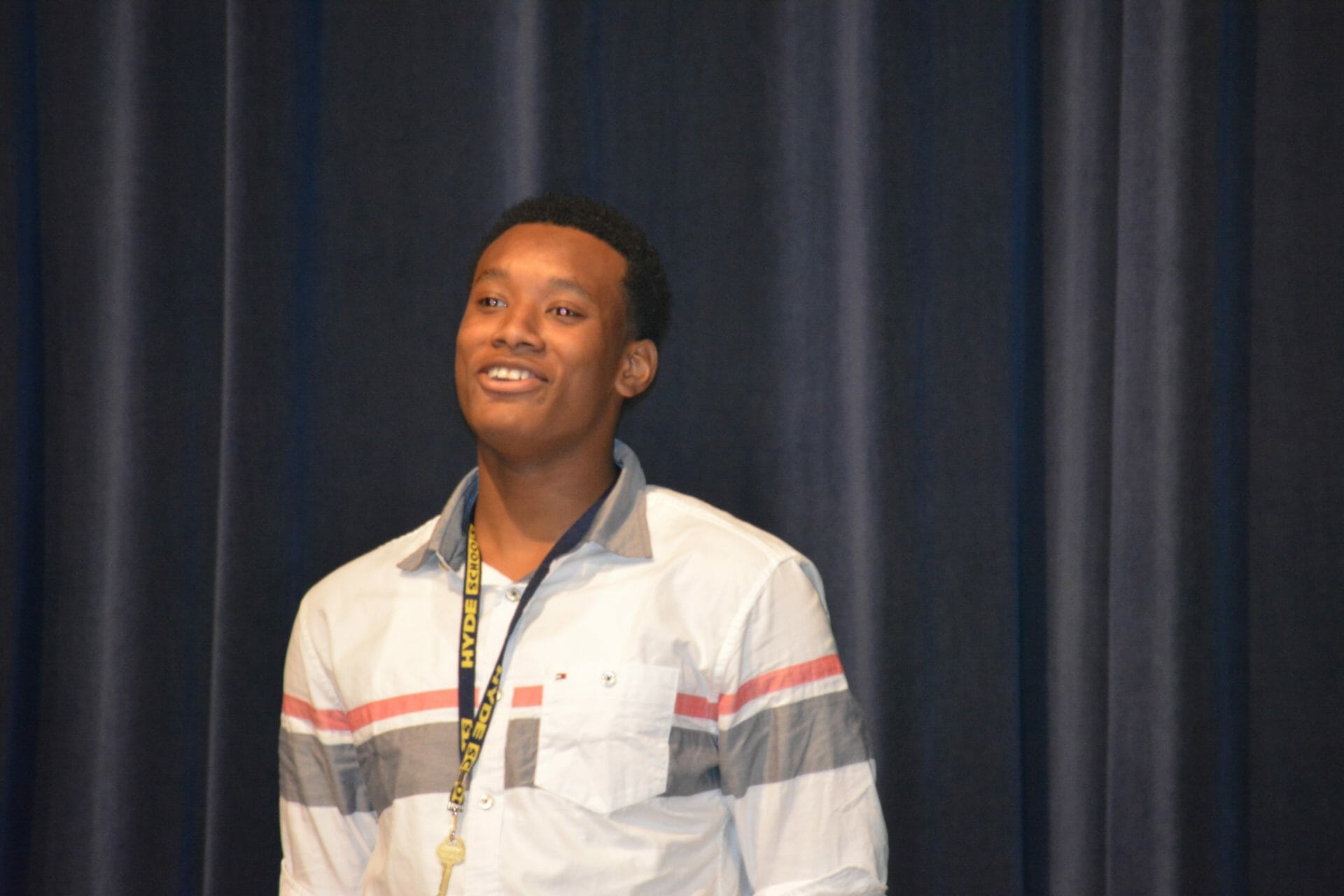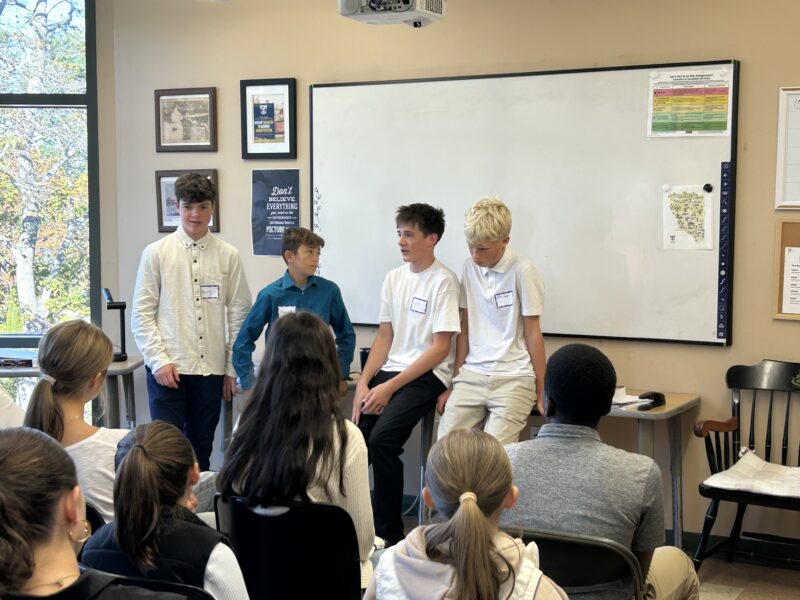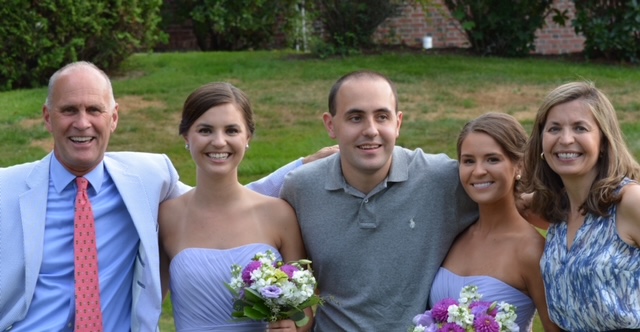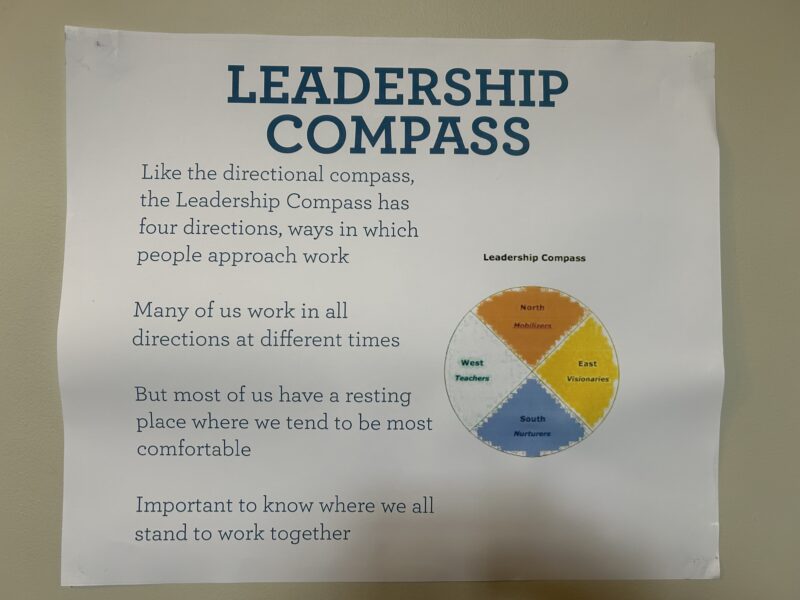Get a bunch of Hyde alums together and before long one will exclaim to another, “That’s so Hyde!!!” One of the things that makes Hyde so unique is, well, the fact that we do so many unique things. Here are five of them.
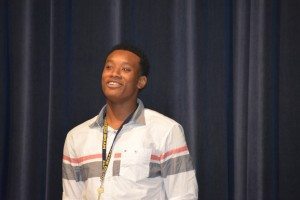
Introductions
Character education begins at Hyde on Day #1, actually… more like Night #1… with an exercise we call “introductions.” The entire student body assembles in our Student Union and each student takes a turn on stage in front of the entire school, vocalizing a 5-part introduction: Here’s an example: “My name is Johnny Jones… I’m 17 years old… I’m from Cambridge, Massachusetts… I’m a junior… And this is my third year at Hyde.”
The student is expected to offer these four pieces of information audibly, coherently, and with volume sufficient to carry the auditorium. For some, this is an easy task. For others, it’s agonizing. However, a bond develops within the student body. Not only does no one laugh at anyone else, everyone applauds the whole school at the end.
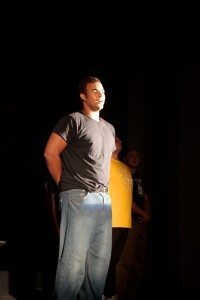
Auditions
This Hyde tradition might be considered Advanced Introductions. Every student and every faculty member at our school sings a solo – unaccompanied by instrumentation – in front of the entire student body. This always proves to be one of the more electrifying times of the year.
Why do we do it? For one thing, it’s a challenge and challenges build courage and character. However, this doesn’t speak to the hidden benefits. Years ago, an alumnus told me that he had recently been hired for a job for which he was technically under-qualified. The job opening announcement called for a Master’s Degree. Not only did this alumnus have only a Bachelor’s Degree, he was a bit younger than others applying for the job. When I asked him why he thought he prevailed, he replied, “It must have been those auditions I did back at Hyde! They taught me to present myself with confidence and my new employers obviously liked the way I came across.”
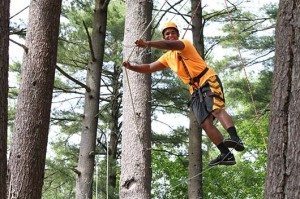
Ropes Course
Hyde’s Bath and Woodstock campuses each have a ropes course on campus. This story from an afternoon “on the ropes” shows how this challenge can benefit anyone.
The “Monkey Vine” on The High Ropes Course
He stood frozen. That is, aside from the involuntary twitch in his left leg causing his knee to vibrate back and forth like an egg beater. In a case of sensory overload, emotions raced through his consciousness – fear, excitement, apprehension, embarrassment, desire. His anger at himself for his own inability to act was becoming his dominant feeling. The task was so simple! He had only to let go of one hanging rope for a split-second, quickly inch his way about eighteen inches to his left, and then grasp another rope identical to the one he was currently using as a tether. The fact that he was simultaneously standing on a tightrope 35 feet above the ground was the primary source of his temporary inability to perform this task.
“Go for it! I’ve got you,” came a voice from below. The belay line, a safety rope connecting the man on the tightrope with the owner of the voice via a pulley secured above the monkey vine, offered some comfort but still the twitch was the only discernible movement emanating from up above. He thought to himself, “It didn’t look this high off the ground before I climbed the ladder.”
The voice from below continued, “Go ahead, Dad. You can do it!” That did it. An inner force took over. Placing his life in his son’s hands in a most literal sense, the man let go of the rope he was clutching and reached for the vine.
Sometimes the person on the course – student, Mom, Dad, teacher, etc. – triumphantly grabs the second vine and then concludes the course with the thrilling pulley ride down the zip line. Sometimes he/she stumbles and is caught by the belay line held by the trusted person below. Sometimes he/she simply can’t go through with it and climbs down the ladder with hopes of giving it another try at a future time. In any case, courage has been tested by risking vulnerability.
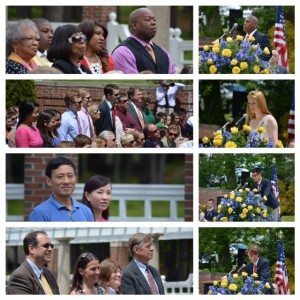
The Graduation Speech
At all Hyde Commencement Exercises, every graduating senior gives a two minute speech. They reflect on what they have learned and talk about their hopes for the future. The parents and other family members stand in the audience while their son or daughter addresses the community.
Here’s an excerpt: “This year has been a year of hard work, growth, struggle, acceptance and love. I am sad to leave after such a short time here but I know everything I have learned will remain within me.”
Speaking personally, moments spent watching and hearing these speeches have been the most gratifying of my teaching career. (I should also note that I made such a speech myself over 40 years ago and I have stood and watched two my daughters do the same.) It’s not often that one gets to hear students place their high school careers into a spoken synthesis that they can carry into their future lives.
Action/Reflection Cycle
A former Hyde board member once defined Hyde as “A socially embodied moral argument that works on an action-reflection cycle.” As the name suggests, we act and then we think about. We offer values‑forming experiences, challenges that summon the personal character of our students. Students then reflect upon these experiences both privately and among their peers. The idea is to influence the student’s thinking as such: “With each action, I begin to regard myself in a new light. Then, as I accept this new view of myself, I reinforce it by acting in accordance with it.” The cycle is deeply embedded in the fabric of the school.
As far as “That’s so Hyde!” goes, I’m just getting started!
Onward, Malcolm Gauld
